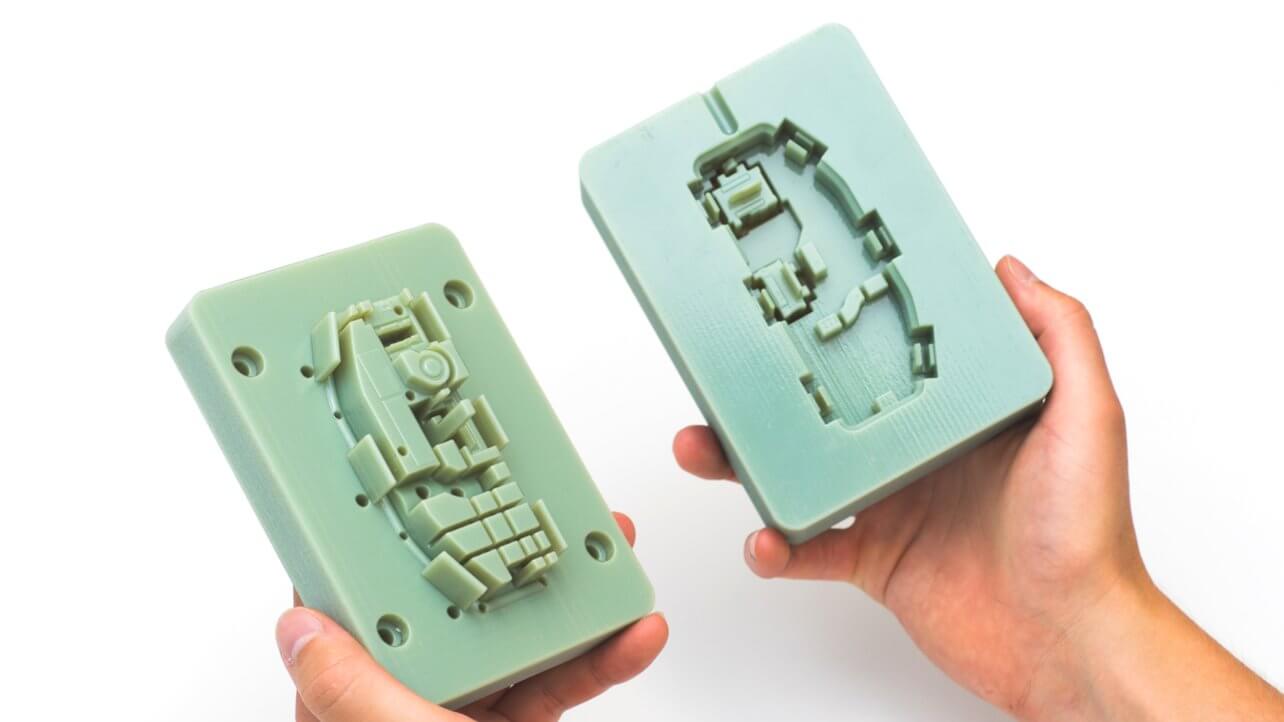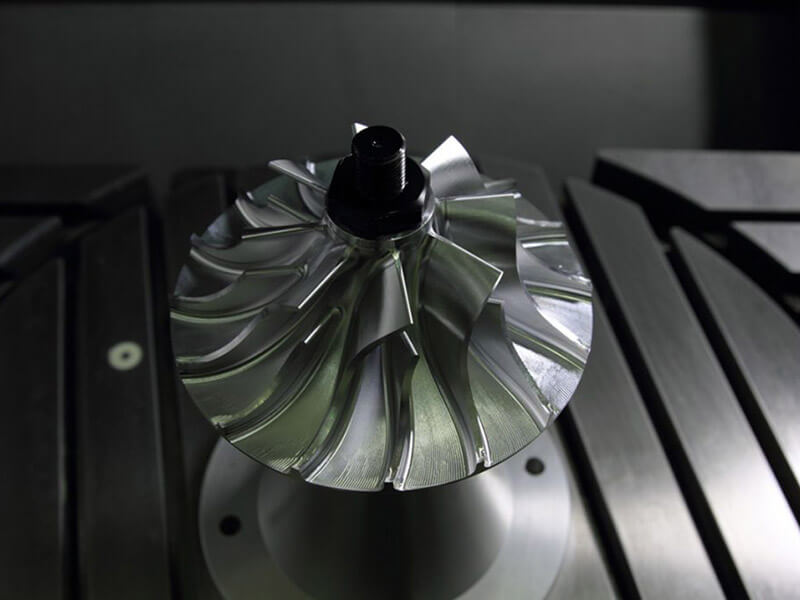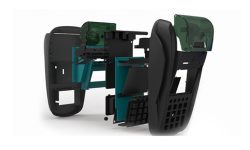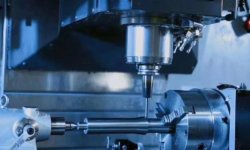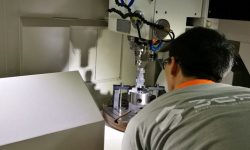When we discuss the role of 3D printing in the manufacturing world, we often consider the ways in which additive manufacturing could eventually replace traditional techniques. In fact, many developers of AM hardware effectively market their machinery as a direct replacement for things like CNC machines or injection molding systems.
But 3D printing can also be used to complement existing technologies like CNC machining, injection molding, sheet metal fabrication, extrusion, and casting.
That’s because AM systems — either industrial metal technologies like DMLS or plastic technologies like FDM or SLS — can be used to create 3D printed tooling for these processes, accelerating and/or improving production to deliver better results.
This article looks at how 3D printed tooling is shaping the future of prototyping and low-volume production. It discusses different kinds of 3D printed tooling, why 3D printed tooling is useful, and what materials are available.
Types of 3D printed tooling
Tooling is an umbrella term used to describe various fixing, supporting, or shaping mechanisms used in manufacturing. Tooling for a part can consist of one or several components, and is usually made from a robust material like tool steel.
3D printing can be used to make several kinds of tooling. However, some components are easier to make than others, and some can only be fabricated using high-end AM equipment.
1. Molds
A mold is a kind of hollow container that gets filled with a material to make parts. Mold-making is typically achieved via machining, but 3D printing — coupled with temperature-resistant materials — is becoming a viable option for certain parts.
Printed molds may require extensive surface grinding or other surface treatments before they are ready for use, but the speed with which they can be made is becoming a huge boon for prototyping companies.
According to German AM company EOS, “The ability to produce even the most complex structures in high quality and with short production times means that 3D printing … offers clear advantages for mold-making.”
2. Jigs
A jig is a custom-built workholding device used to improve consistency of parts during manufacturing. It is typically used to guide and control the movement of a cutting tool.
3D printers are becoming more and more useful for fabricating custom items like jigs and fixtures, since the process is inexpensive for one-off parts.
3D printing jigs and fixtures manufacturers can also drastically reduce lead times — especially if printing takes place in house.
3. Fixtures
A fixture is a custom-built workholding device used to secure a workpiece during manufacturing, typically machining. Unlike jigs, workpieces are usually unique to the parts being made, rather than the manufacturing equipment.
Jigs and fixtures can be 3D printed in metal or in engineering plastics like TPU or carbon fiber–reinforced nylon.
4. Extrusion dies
Dies are thick steel plates with shaped apertures. In the extrusion process, a material is forced through the die opening, creating a long part with a cross section that matches the aperture of the die.
Like molds, dies are typically fabricated in temperature-resistant materials like steel, which are becoming more easy to print with processes like DMLS and SLM.
Advantages of 3D printed tooling
Conformal cooling channels
In processes like injection molding, cooling channels are used to inject coolant around a molten material so it cools and hardens evenly. This helps prevent warpage and deformities in the molded part.
In ordinary molds, channels are usually straight lines due to the difficulty of machining more complex shapes. But 3D printing enables the creation of conformal cooling channels: channels that follow the contours of the part so that each area of the part is equally impacted by the coolant.
According to metal AM specialist Desktop Metal, “Parts with complex designs and internal structures — such as conformal cooling channels for custom molds — are ideally suited for additive manufacturing where fabrication time and cost-per-part are not necessarily dependent on design complexity.”
Rapid fabrication
3D printing is a fast process, with minimal setup or preparation time required. This allows for the rapid production of tooling — and for immediate re-tooling if a tool breaks or requires alteration.
Although 3D printed tooling is still in its infancy and is not favored by most manufacturers (or customers), it is already becoming important for rapid prototyping, where lead time considerations are prioritized over other factors.
3D printed tooling will have a big impact on the future of prototyping simply because it demonstrably speeds up traditional prototyping processes.
Affordable and efficient
Tooling can be very expensive, especially if several components are needed or the design is especially complicated. 3D printing can reduce the cost of tooling, since a complex and intricate design can be fabricated almost as quickly as a simple one.
AM is also efficient in terms of material usage, since it does not involve cutting away waste material from a workpiece.
In the end, any workaround that dramatically cuts costs from a prototyping stage will ultimately play a bigger and bigger role in the prototyping process.
3D printer manufacturer Markforged says it is “seeing manufacturers able to 3D print anywhere from 10–50% of their durable tooling used in their process,” which represents “significant value when factoring in that the average cost savings of a 3D printed part vs a machined part is 80%.”
Can be used for different processes
3D printed tooling can be used for several unique manufacturing processes, including:
- Die casting
- Injection molding
- Extrusion
- CNC machining
- Sheet metal fabrication
Best AM tooling materials
Tool steel
Tool steel is hard steel suitable for demanding manufacturing applications. Because of its hardness, it takes a long time to machine accurately.
However, some metal 3D printing technologies can print the material, which creates opportunities for 3D printing items like injection molds. Industrial AM company EOS produces a range of 3D printable tool steel powders, including Maraging steel and tool steel 1.2709.
Inconel
Processes like DMLS and SLM can be used to print tooling from Inconel nickel alloys. Inconel is resistant to high temperatures, making it suitable for a range of tooling applications, including molding and extrusion.
Composites
Composites such as carbon fiber–reinforced nylon or PEEK can serve as a replacement for high-strength metals when making 3D printed tooling like jigs and fixtures.
Engineering thermoplastics
3D printing company Stratasys recommends making certain jigs and fixtures from high-performance FDM materials like TPU, reinforced nylon, or ASA.
3ERP is a rapid prototyping specialist with years of experience in machining, additive manufacturing, and other disciplines. Contact us for a free quote.
